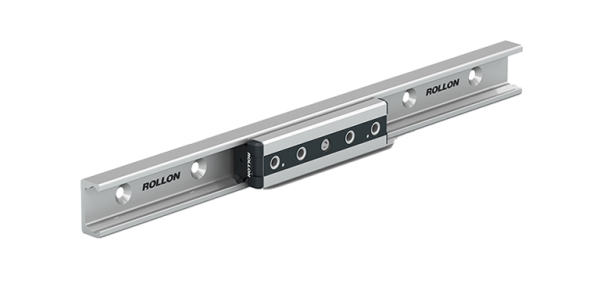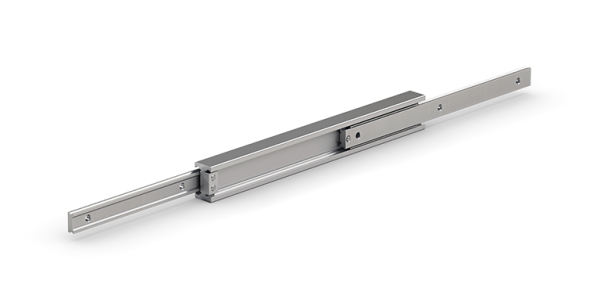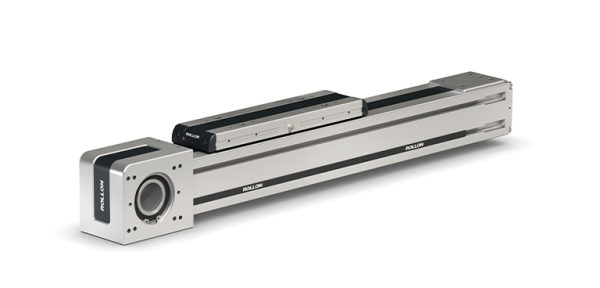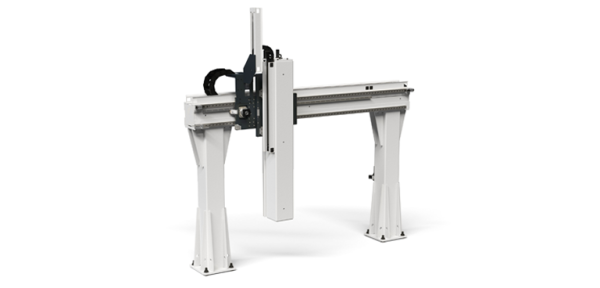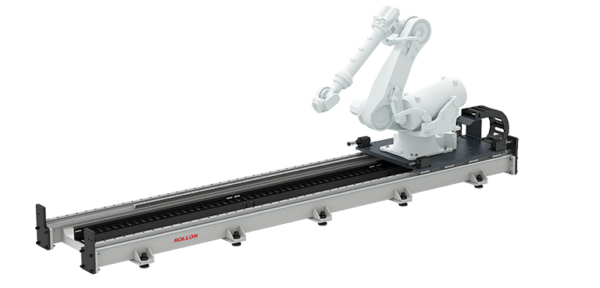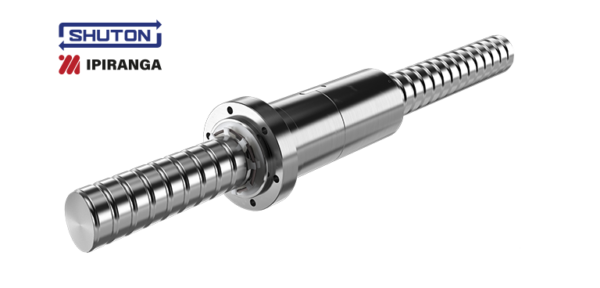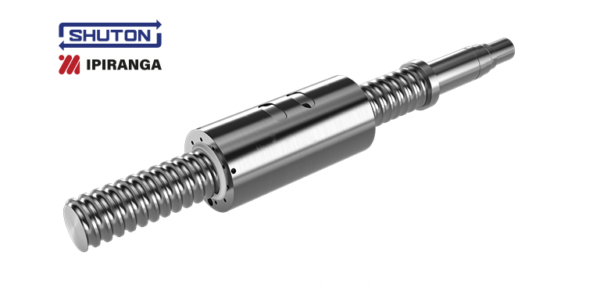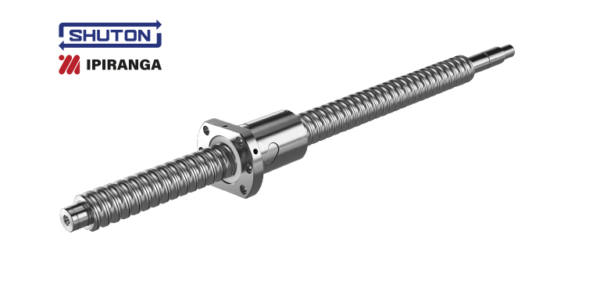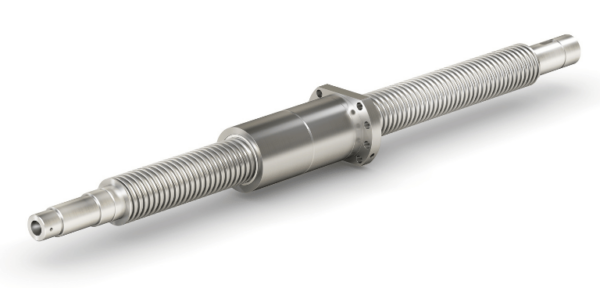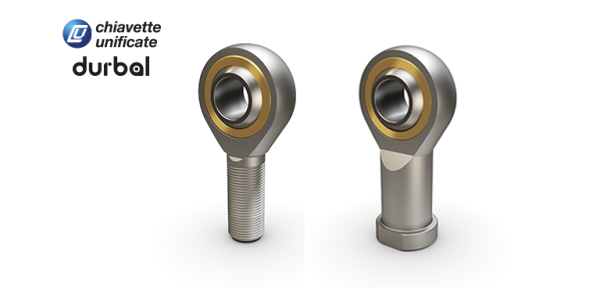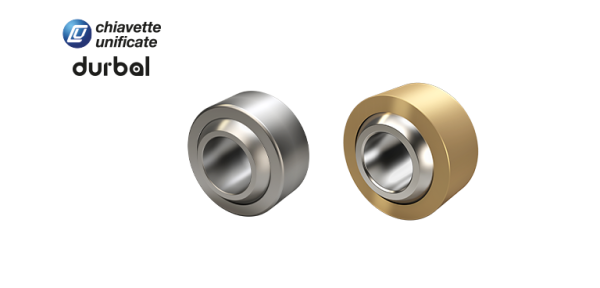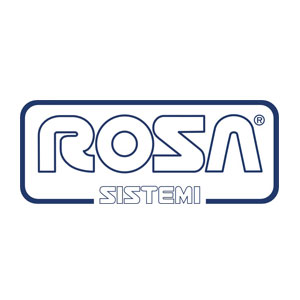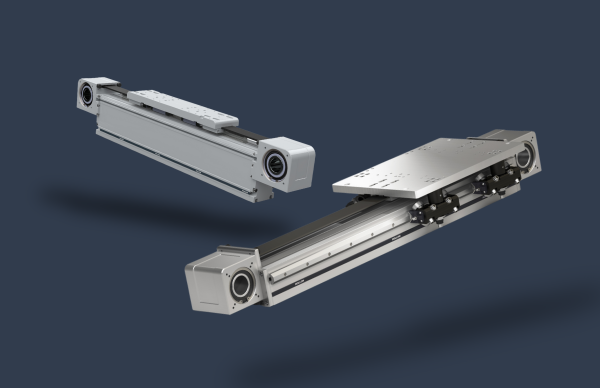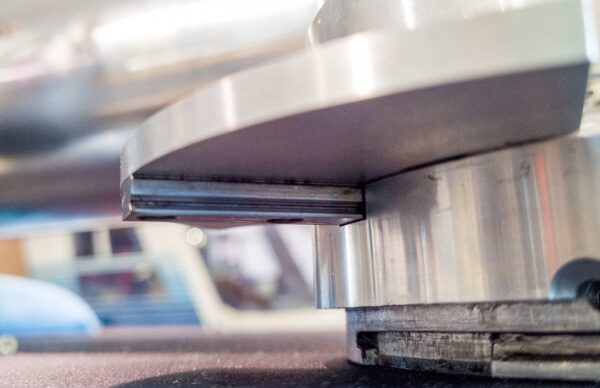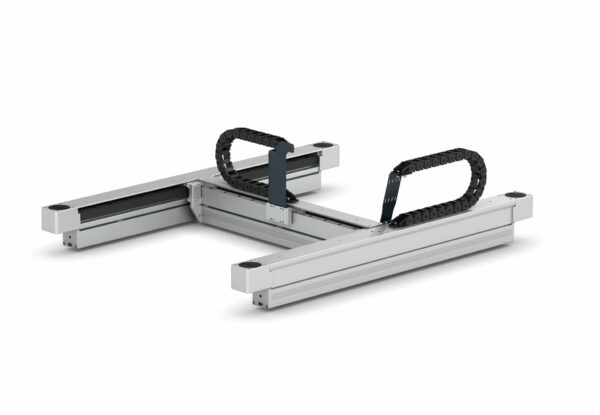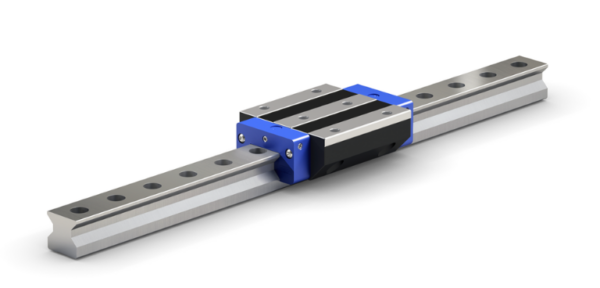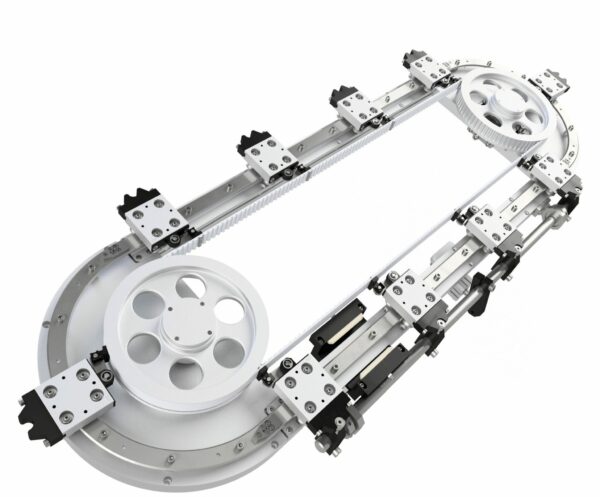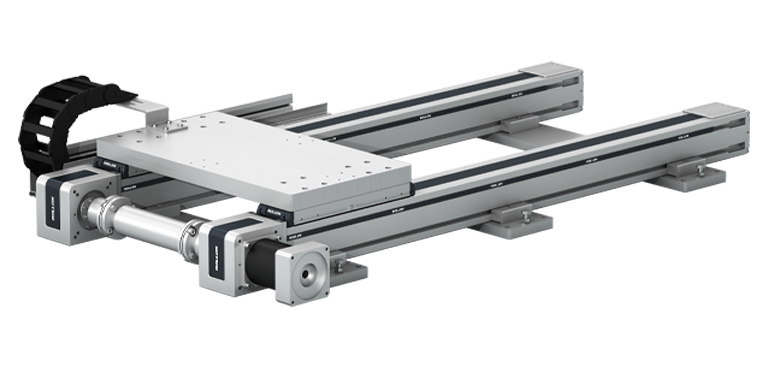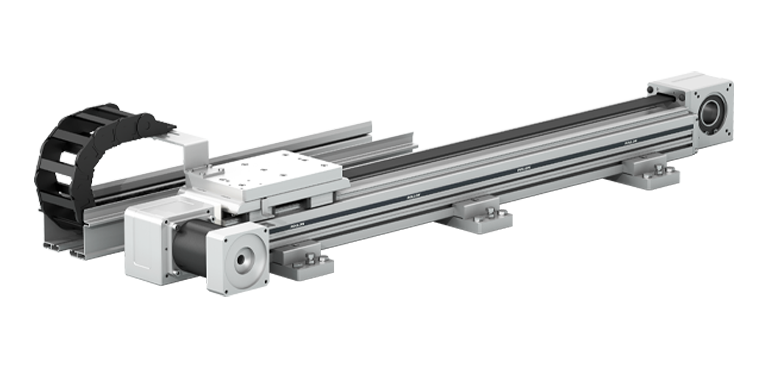When adding a seventh axis to your system, it’s important to consider not just the needs of the robot, but also the requirements of the supporting actuator. In particular, you’ll have to pay attention to the actuator’s duty cycle, expected life and maintenance requirements.
Duty Cycle and Lifetime. A good place to start is your application’s duty cycle and cycle time. Will the robot be used in round-the-clock operation or only a few hours each day? Also, think about your system’s lifecycle requirements—whether the robot will need to run for two, five or 10 years, for example.
Maintenance. Maintenance needs depend on the application’s operating environment. In a dirtier setting with metal chips, sawdust or grease, the actuator will need more protection such as a sealed or hidden belt. Rollon’s ROBOT series of belt-driven actuators, for example, feature a seal strip that encloses the belt and felt wipers to clear debris away from the linear rails. For cleaner operating environments, R-SMART actuators, which feature an exposed belt, are more suitable—not to mention more economical.
Lubrication is important, not only for the robot, but also for the linear actuator the robot travels along. Some actuators can go 20,000 km or more without relubrication, however others need more regular attention.
Cable Considerations. Most standard robot cables are not rated for repeated flexure, so oftentimes optional, high-flex cables must be purchased. When weighing your options, consider a cable’s bend radius and rated number of flex cycles the cable can withstand before failure.
And finally, plan in advance your cable track mounting size and location to ensure that all necessary cabling will fit and the cable track movement will not interfere with the robot’s movements.
For more information and technical data, download the catalog.



